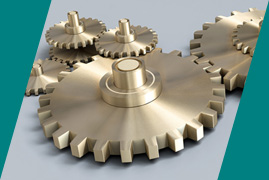Mechanical engineering case studies
Over the years we have provided mechanical and electronic engineering solutions to a UK-wide client base that spans a wide range of sectors. For a more detailed insight into how we have helped some of our clients achieve their design goals then please see our project portfolio below.

Reverse Engineered Plastic Components - a Case Study.
Our client, a manufacturer of DIY products, based their extensive collection of injection moulding tools for their plastic components, with their previous supplier in China. For a number of reasons, production of the components had to be transferred to a different supplier/s and location/s.With extensive previous knowledge working with various manufacturing companies of injection moulded components, the client spoke to us..........<continued>
To learn more on how we design, develop, engineer and manage, please contact us at design.engineering@sanstec-design.co.uk.


